Tips to Improve Your Fishing Photography
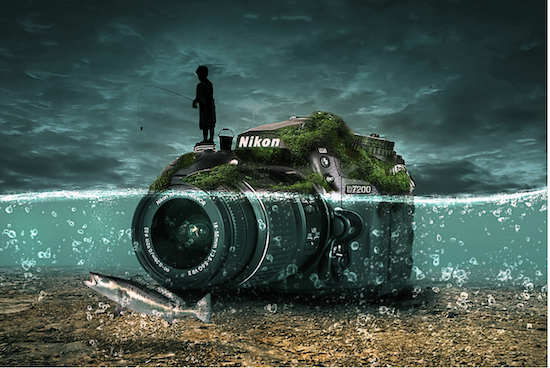
As you know, fishing is a great activity to connect with nature and soak up some scenery. Because of this, you probably want to document your experience and look back at your experiences — especially if you get an impressive catch or go on a long journey to the most perfect fishing location. We do that here on the site, taking pictures of our fishing trips around the United States.
Now, you don’t exactly have to be a professional photographer to capture these moments effectively. But to get great shots, you’ll need to have the proper gear, not to mention technique. That being said, here are some tips to improve your fishing photography.
Bring the proper camera
Not all cameras are suitable to be near water and constantly exposed to the elements. If you’re using your smartphone’s camera to shoot, make sure you’re being careful and have a good waterproof case to protect against unexpected splashes. Nowadays, there are many cases that don’t obstruct the camera lens and still allow your photos to look sharp.
If you’re looking for something more high-end but still functional, you can invest in a durable, outdoor-friendly camera. The Olympus Tough TG-6, for instance, is waterproof up to 50ft below sea level. Plus, it’s also shockproof and crushproof, so you don’t have to worry about damaging the camera if you’re packing it with your fishing gear. All in all, try to look for something compact too, so that it doesn’t get in the way of your main activity!
Learn how to use the camera settings
Often, it’s the photographer who makes a shot great. A camera is just a tool that will help you get good images, so it’s important you get familiar with your device and learn its settings. Modern mirrorless cameras have a host of settings to master, but they’re also much the same from one piece of equipment to the next. A Nikon Z 711 and Canon EOS R5 may well have slightly different interfaces, but the general settings are the same, so you only need to ensure you master the basics to get a good image.
Both models and those from Leica, Sony and others will allow you to set your autofocus settings display to the highest number of points that your camera is capable of. This will ensure you get pristine shots. Two other modes you should be familiar with are the shutter priority and aperture priority, as they help you “stop the action.” A fast shutter speed essentially helps freeze the action. You’ll be able to capture someone in the act of casting their line or bringing a flopping fish on board.
Taking action photos is tricky, so be patient when getting the right ISO and shutter speed balance.
Keep it fresh
Do you want to ensure that the fish look vibrant in your photos? Try to capture them while they’re still fresh. Once you place them in a cooler for even just five minutes, they turn a dull gray that won’t look as striking on your pictures. For instance, the mahi mahi has neon yellows, blues, and greens, while a rainbow trout has beautiful blues, greens, and silvery whites. To get these beautiful colors, be ready to clean up once someone has a catch, especially if you’re fishing for saltwater fly fish. Scrub the bait board on the boat, push clutter out of the way, and move any rods from the frame to snap away as soon as possible.
Always pay attention to the lighting
The fish is the star of the show, so you’ll, of course, want it to be well-lit in the photo. Ideally, the sun should be behind the photographer’s back and the fish should be held at an angle where shadows don’t cover it. The time of the day is important if you want to achieve a certain effect. For example, the middle of the day will make your shots sparkle, and the fish will appear more vibrant. But early morning and late afternoon will give a warmer, softer light. You can always experiment to see what time of the day you like best for your shots.
Get creative and have fun
Don’t feel restricted to just photographing your catches. You can also capture the whole process of fly fishing too — whether it’s getting your equipment ready, casting, or sipping some beer while waiting for something to tug on the line.
However, remember to still be sensitive to your surroundings; fishing may be a quiet and peaceful sport, but it won’t do anyone good if you’re impatient and noisy, which may scare away potential catches.
Most of all, have fun! Don’t stress over orchestrating the most picturesque shots. What matters is being able to document something you love to do.
Contributed post by Melissa Martin.
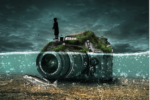
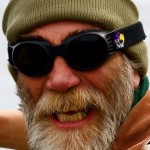
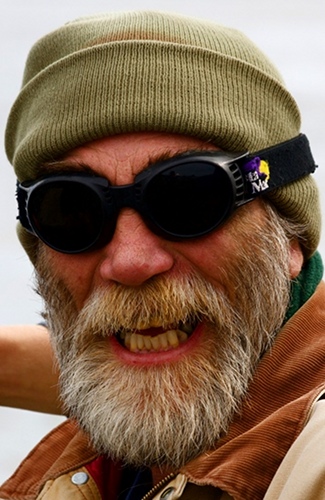
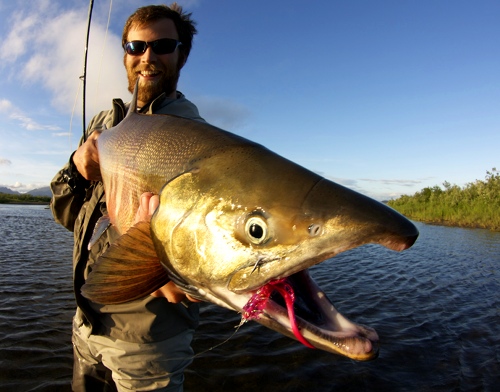
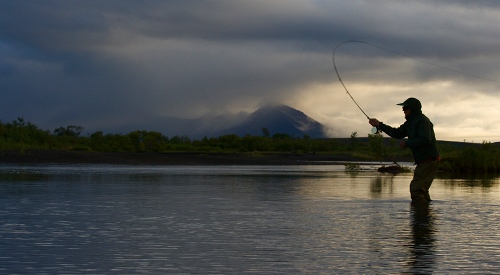
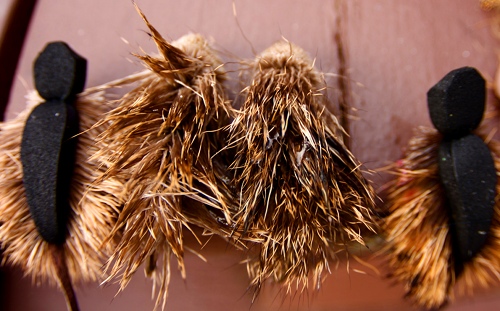
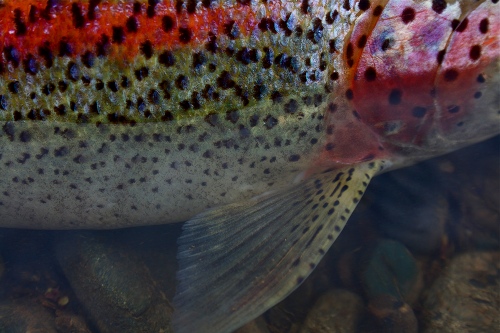
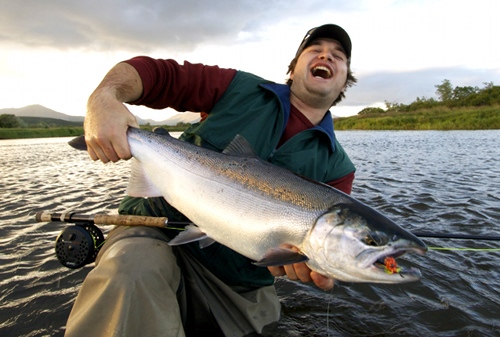
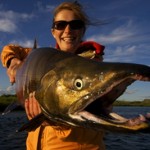
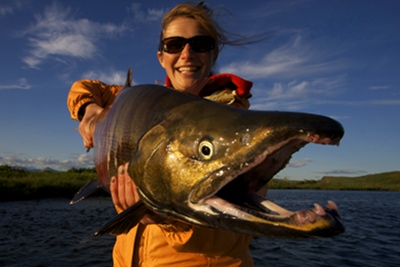
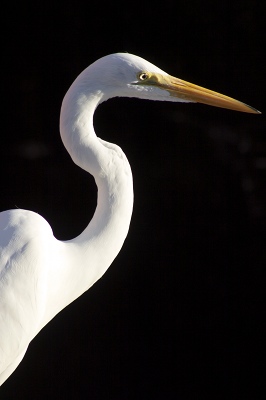
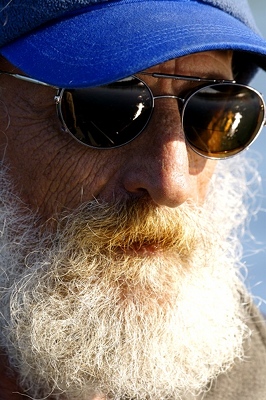
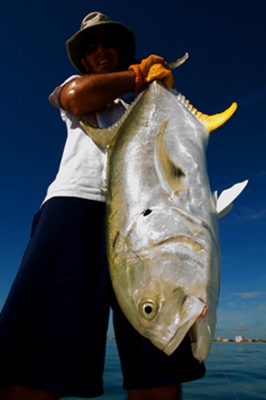
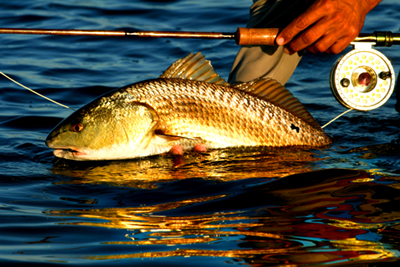
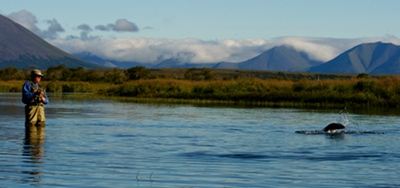
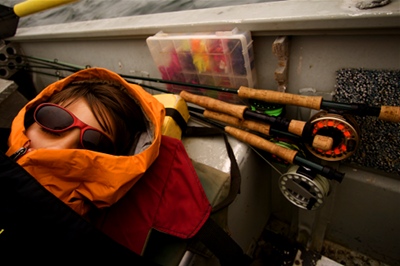
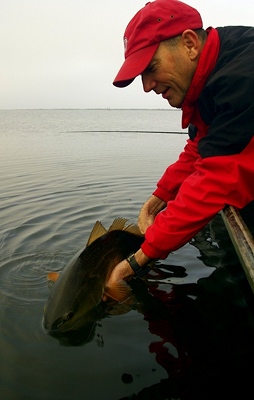
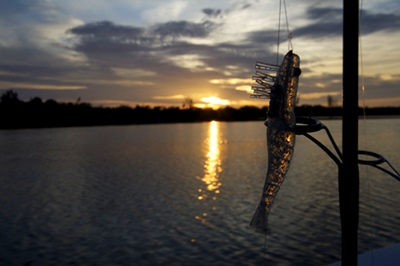
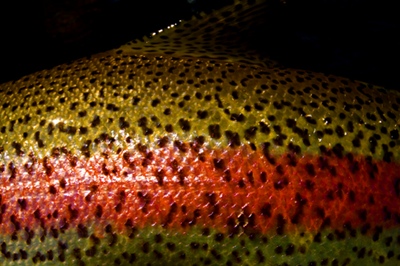
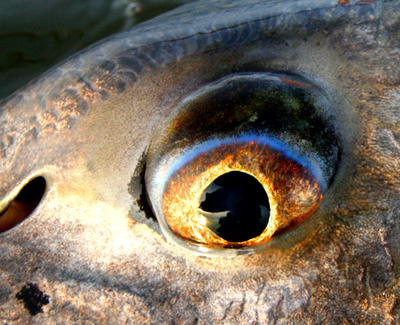
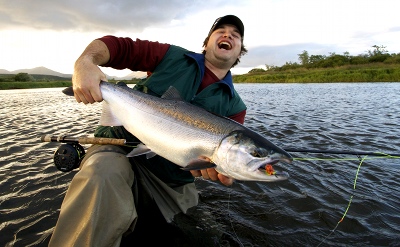
Recent Comments